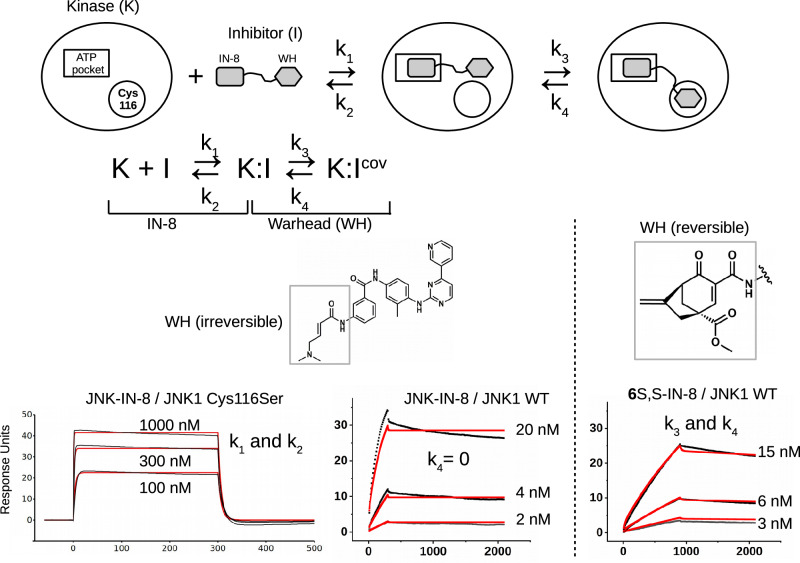Fig. 3. Inhibitor potency, binding energetics and covalent residence based on SPR data.
Scheme of the 2-step reversible kinetic binding model showing the relevant kinetic binding constants for noncovalent binding via the IN-8 ATP-binding moiety (k1 and k2) and for warhead-mediated covalent bond formation (k3 and k4). The panels at the bottom show the kinetic binding plots for JNK-IN-8 on the JNK1(Cys116Ser) mutant surface injected at 100, 300, and 1000 nM concentrations (KD ~ 200-300 nM) as well as the response curves on the wild-type JNK1 surface (WT) at three different concentrations. The analysis on the JNK1(Cys116Ser) mutant surface gives the value of k1 and k2 based on a one-site noncovalent binding model; these values were independently determined for each inhibitor this way (see Supplementary Table 1). In the case of the irreversible JNK-IN-8 inhibitor k4 = 0 (and thus only k3 was fit), while for the reversible inhibitors k3 and k4 were both numerically fit to the experimental kinetic curves obtained on the JNK1 WT surface (and the panel on the right with 6S,S-IN-8 shows an example of this, for further data see Supplementary Fig. 5). The experimental binding curves are shown in black and the fitted curves in red.

